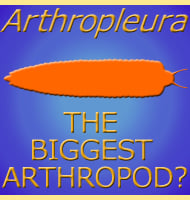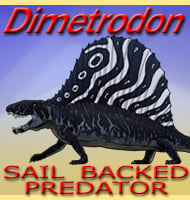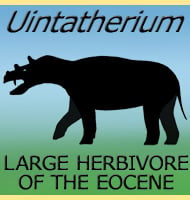In Depth
Capinatator is a prehistoric form of what we today would call an arrow worm. Capinatator had a ten centimetre long elongated body, while around the head fifty, one centimetre long hooked spines grew around the edges of a very rudimentary mouth. These spines flared out so that as Capinatator swam through the water, smaller organisms, and perhaps other floating organic matter, would be snared within the cage of spines as they closed around them, and taken into the mouth.
At ten centimetres long, Capinatator is amongst the largest chaetognathan worms ever discovered, and has nearly double the number of spines in living worms.
Further Reading
- A Large Cambrian Chaetognath with Supernumerary Grasping Spines. - Current Biology. 27 (16). - Derek E. G. Briggs & Jean-Bernard Caron - 2017.









